- Home
-
Admissions
-
Academics
-
Students
-
Research
-
Research Centers
- Cancer Research Center
- Center for Excellence in Development Disabilities Education, Research & Service (CEDDERS)
- Center for Island Sustainability (CIS)
- Marine Laboratory
- Micronesian Area Research Center (MARC)
- Water and Environmental Research Institute (WERI)
- Western Pacific Tropical Research Center (WPTRC)
-
Research Centers
-
Outreach
- Giving
- Alumni
-
About
You are here
Herbarium
Description
Herbarium
Description
 The University of Guam Herbarium (GUAM) is the largest herbarium in the oceanic islands
of the western Pacific and is the only herbarium in Micronesia. The Herbarium boasts
a total of 57,000 specimens of which approximately 46,000 are phanerogams or pteridophytes.
Important collections include those of P. H. Moore, R. F. Rinehart and B. C. Stone.
Circa 3,000 specimens are bryophytes, lichens and other cryptogams, excluding pteridophytes.
The R. T. Tsuda collection of marine algae, some 8,000 specimens, is housed separately
at the Marine Laboratory.
The University of Guam Herbarium (GUAM) is the largest herbarium in the oceanic islands
of the western Pacific and is the only herbarium in Micronesia. The Herbarium boasts
a total of 57,000 specimens of which approximately 46,000 are phanerogams or pteridophytes.
Important collections include those of P. H. Moore, R. F. Rinehart and B. C. Stone.
Circa 3,000 specimens are bryophytes, lichens and other cryptogams, excluding pteridophytes.
The R. T. Tsuda collection of marine algae, some 8,000 specimens, is housed separately
at the Marine Laboratory.
The small size of the herbarium belies its botanical significance. Holdings concentrate on the Micronesian flora with its high, even generic-level endemism, giving the collection an unusually large proportion of rare and little known species. The collection concentrates on the flora of Guam and the Mariana Islands.
The diverse flora of Palau is well represented and a good coverage of other major Micronesian islands also exists. Specimens from collections made in Papua New Guinea and Indonesia are also housed. A comprehensive collection of representatives of the world's phanerogam families is housed in the teaching collection which includes specimens from locales such as Greenland, Sweden and North America.
The Herbarium occupies 1500 square feet of floor space in the first floor of the University of Guam Science Building. Major infrastructure includes 28 full-height herbarium cases that are approaching full capacity, as well as an upright, cabinet-sized plant drier. The collections are maintained by a full-time curator and part-time staff and volunteers. Administrative oversight occurs through the Division of Natural Sciences in the College of Natural and Applied Sciences.

